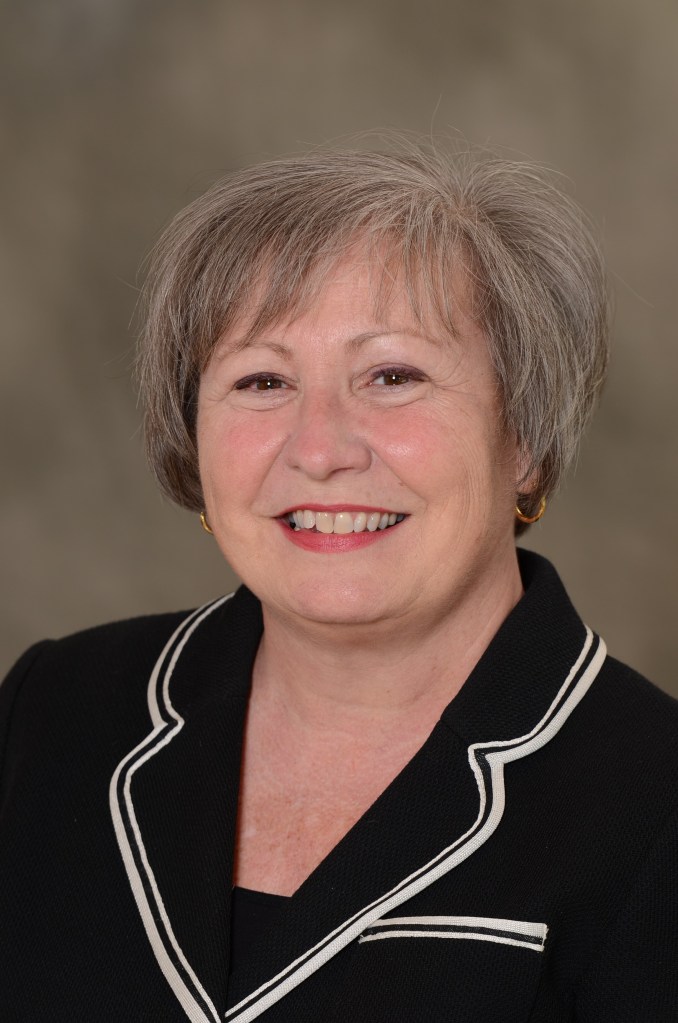Sparrow Health Senior VP & CFO Examines the Future of Health Systems in a Shifting Business Environment
Last Updated March 31, 2022

By Paula Reichle, MSHCM Advisory Board Contributor
Health Systems are increasingly under pressure, as patients have adopted more of a consumer mindset when it comes to their healthcare and federal, state, commercial insurers and employers continue to take the position that healthcare is too expensive, arguing the continued annual inflation is not sustainable. With the implementation of the Affordable Care Act (ACA), Health Systems were pushed further away from the long-established business model of payment-for-volume of treatment of patients and towards caring for a population based on patient outcomes, or payment-for-value.
Health System margins continue to decline as revenues shrink and expenses are outpacing revenue growth. So, where do we go from here? Health Systems that integrate a Health Plan and a Population Health Service Organization (PHSO) as part of their portfolio may have the answer.
Integrating Health Plan and Health Service
Health Systems have long based their success on how many patients are cared for in their system (pay-for-volume). Health Plans view these patients as customers who are members. A patient only encounters a hospital or health care provider when they are sick, but members should be engaged when they are well, for as a consumer, quality care supporting their continued health is the “product” they’re purchasing.
This is where Health Plan and Health Service come together. Health Plans without an integrated delivery network of physicians and hospitals are simply an insurer and serve as a middleman between employers and the delivery system. Health Systems with both a Health Plan, PHSO and a delivery network are in a unique position to receive the insurance premium and deliver the care. While this should be considered a significant strategic advantage, it requires investment, expertise and a willingness to assume a different type of risk.
Health Plans typically are skilled at managing insurance risk, but the key to both a Health Plan and a vertically integrated Health System collaboratively managing a population requires different skills. Health Systems must decide whether to invest in population health capabilities. These capabilities require investment in people, technology and physician organizations. Some organizations have developed a Clinically Integrated Network (CIN) which legally allows both employed and independent physicians to take risks and glean rewards for managing a population.
Making the Shift from Volume to Value
An investment in a dedicated Population Health team is a required component of preparing for the shift from volume to value. The measures necessary for success in a volume to value transition are considerably different than traditional hospital metrics. Member risk scores, referral management and managing high cost care are historically a Health Plan’s purview. These measures must become part of the lexicon of an integrated Health System and their physicians and Allied Health Providers (APP’s).
Health Systems are not the only providers facing a shifting payment model. Physicians are increasingly expected to manage a patient’s care, not just an episode of sick care. Independent physicians without a Clinically Integrated Organization (CIN) or Health System backing are usually not able to make the necessary investments in population health or assume the financial risk.
Successful Health Systems often have an insurance arm and up to 50% of their net revenue may be generated from this line of business. As margins are under pressure, successfully growing Health Plan revenue to move upstream to the premium dollar will provide relief on the delivery side. Without a transition to managing a population, hospitals are in danger of becoming a price taker and the lowest bidder will win. A population health competency will allow greater influence over the revenue stream and bolster margins if done well.
The largest example of the shift from volume to value, the Medicare Shared Savings Program (MSSP), established by the ACA, rewards an Accountable Care Organization (ACO) for both cost and quality and shares 50% of the savings obtained for an identified population with the Medicare program. Initially, this program represented an “upside-only” opportunity. As the program progresses, Medicare is changing the model to include “downside” risk. This puts ACO’s in a different risk proposition and requires financial wherewithal if performance deteriorates. Without having made the investment in building population health capabilities, assuming this level of risk would be challenging.
Gauging Future Risk
The next level of risk is entry into the Medicare Advantage (MA) market. MA is highly regulated and full risk to the Health Plan for all care provided to the members. Entering this market requires a significant financial investment and expertise that most Health Systems do not inherently possess. MA has a very different business model than commercial insurance and is a good fit for organizations with a well-coordinated Health Plan and robust delivery network. MA members may stay with a plan for years if satisfied with the service and the care. Unlike an employer who may “bid out” their business annually.
Medicaid Managed Care and Medicare Advantage plans provide Health Systems with the overall premium revenue and responsibility to manage the cost of an entire population. Done well it can enhance margin performance; done poorly it can cause a significant risk to an organization’s long-term sustainability.

Paula Reichle is Senior Vice President and Chief Financial Officer of Sparrow Health System, responsible for all financial service functions, supply chain management, executive oversight of Physicians Health Plan and Government Relations and Advocacy. A certified public accountant and proud Michigan State University alumna, she has served on the Accounting Advisory Board for MSU and currently serves on the Advisory Board for MSU’s Master of Science in Healthcare Management Program.

